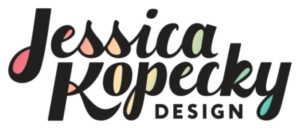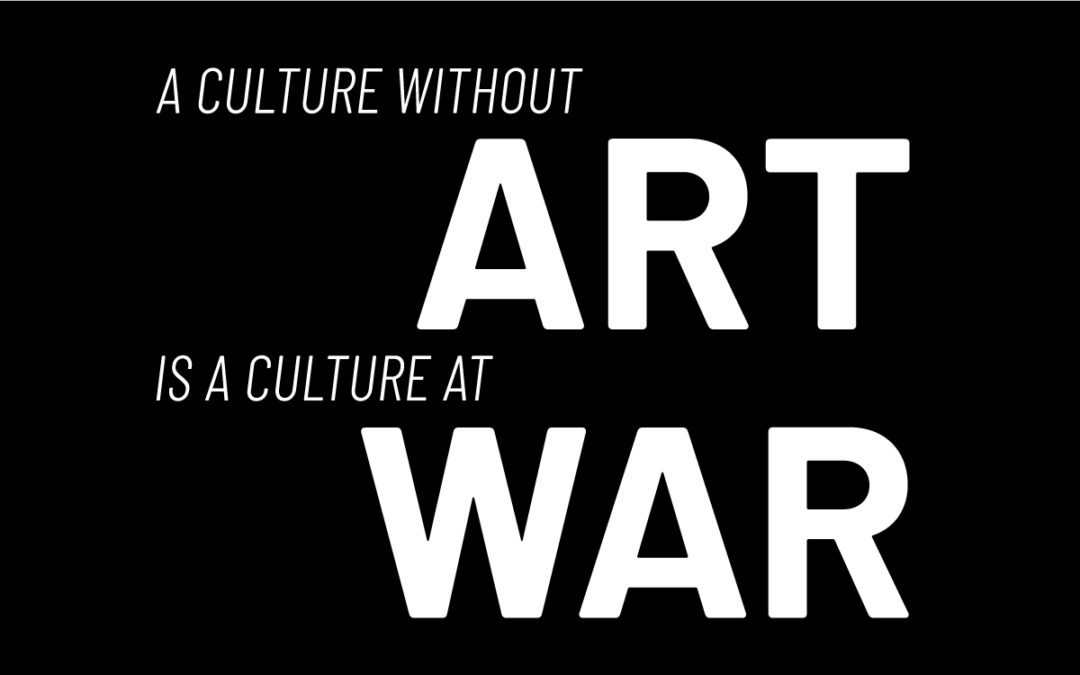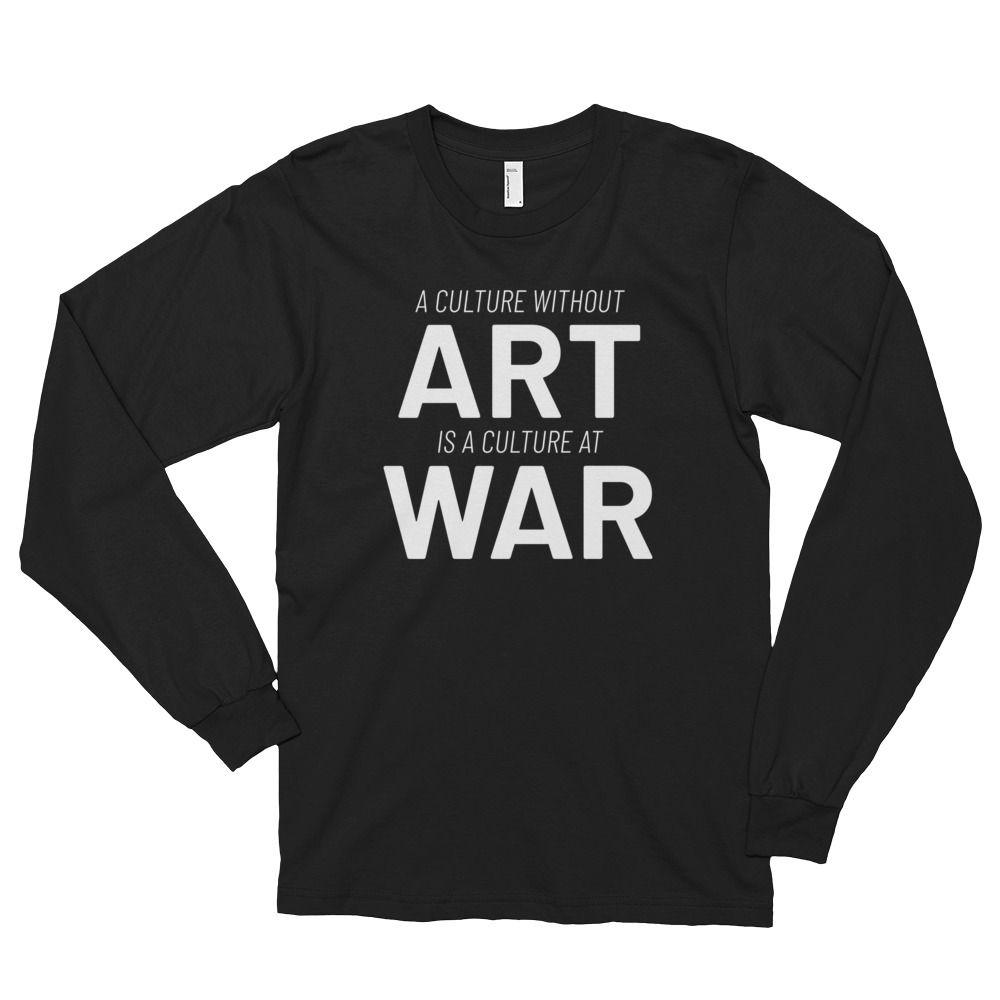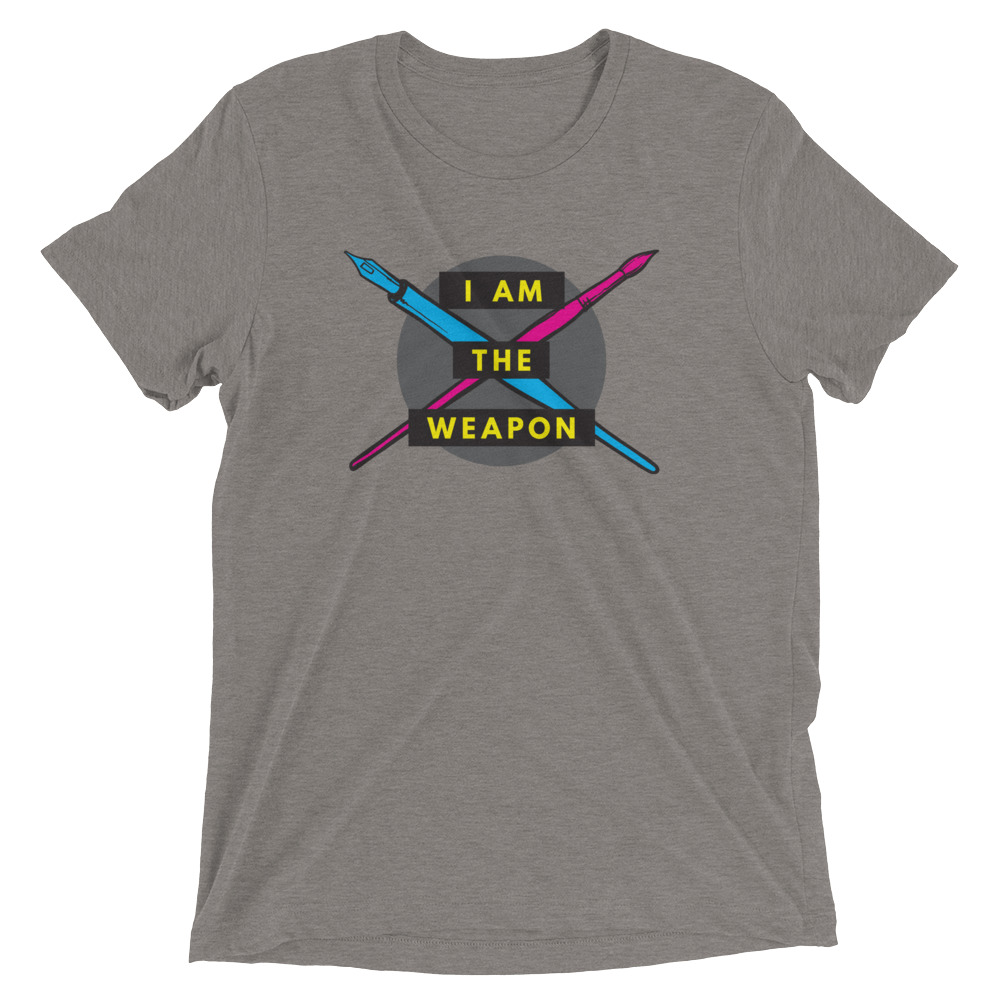At the time he was lobbing up a discussion point on intentional destruction versus intentional creation, yet the thought process opened me up to further contemplation. When you think about the areas in the world that aren’t producing a lot of art right now, they are ruled by tyranny to the point of chaos. War is hell. No time for art.
Not to say that artists aren’t utilized in skillfully creating war propaganda – evidence of this certainly exists. But skilled as it may look – propaganda falls into the realm of patron art, capitalizing on the artist’s craftsmanship without necessarily tapping into their personal message. A person might call themselves an artist if they are particularly skilled, but unless they convey their own concepts and ideas, they are not the true renegades of culture. Craft and skill are merely the marketable, monetizable side of art.
I stumbled upon a lecture by Jordan Peterson where he discusses the artist’s role in society; to stand at the brink of culture – the edge of the unknown – gather up unarticulated chaos and convert it into something people can interact with and contemplate.
This logic may explain why much of the “isms” in art history are reactions. In Western culture we’ve bounced back and forth, building up on previous thoughts as we test them, learn from them, and, in the times when we’ve forgotten history, revisited them. Our morphing, changing culture exposes the fundamental elements of human nature, opening ourselves up for reflection, constructive criticism and growth – so long as there’s a structure in place that allows for commentary.
Also according to Peterson – on an individual level, the creative person is wired biologically to create. Without the ability to express oneself, these people become miserable. It’s comparable to the biological traits of an extroverted person who is energized from the presence of other people. Take away social interaction and watch them wither.
During war, survival is the goal. This is expressed in Maslow’s Hierarchy of Needs. Basic and psychological needs must be met before reaching self-actualization and creative expression. I’ve watched this in my own life – and in a friend’s experience – within the microcosm of being creative while raising a family. We both struck out on similar paths. Wired to relentlessly create, we were both unable to truly follow our creative pursuits without the support of our husbands and their steady paychecks. Could we take on the risk of creating art without them? It’s questionable. Creative expression is difficult to monetize. Certainly we could try, but eventually our responsibilities as mothers would supersede the need to create, and we would have no wiggle room left for artistic expression. Indeed, survival and a more responsible, less creative career would take precedence. And while motherhood is one of the noblest causes, we had both separately watched how lack of creative expression had cut off our lifelines and caused us to wither.
One idea for maintaining a creative lifestyle is to have a regular day job and pursue creative expression outside of work. That is certainly a doable option as well. In our cases, we’ve been blessed with husbands who feel rewarded by maintaining their steady careers and providing for their families – while respecting, supporting and investing in our goals. This situation, which maximizes our full creative potential at a time when we also share the responsibility of raising children, is something we don’t take for granted. We’ve created a structure to stand at the brink of, allowing us access to chaos and opportunity so we can package it up and return to our communities. Thus far, much of our efforts have been in outreach through the healing power of art. Ironically enough, some of this therapy has been applied toward veterans. The structure they sacrificed so heavily to save is there, in many ways, to save them back.
Perhaps it is worthwhile to respect these separate elements – structure and creativity, order and chaos, the people who are hard-wired to supply them, and peacefully come together to create the balance needed for a fully functional society.





0 Comments